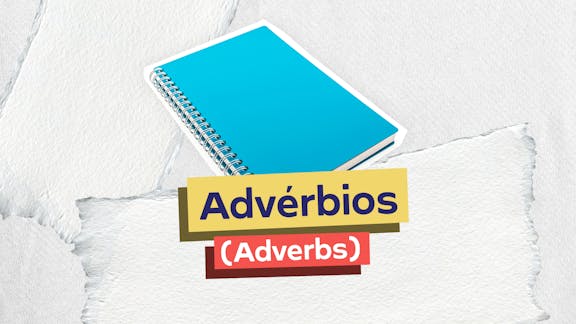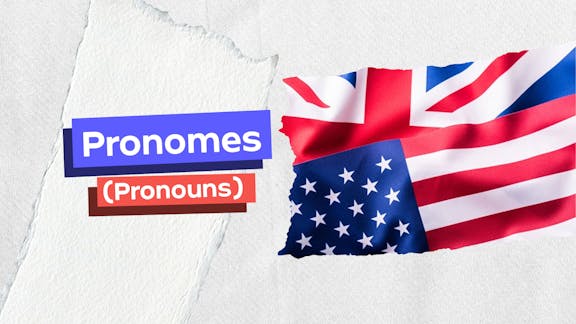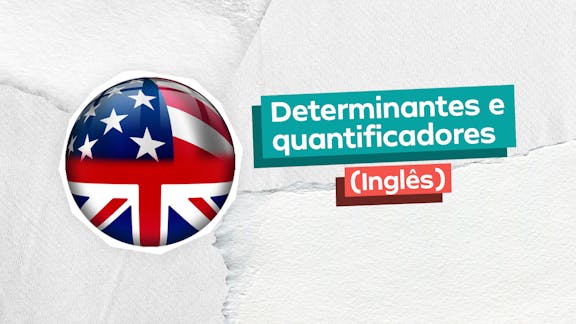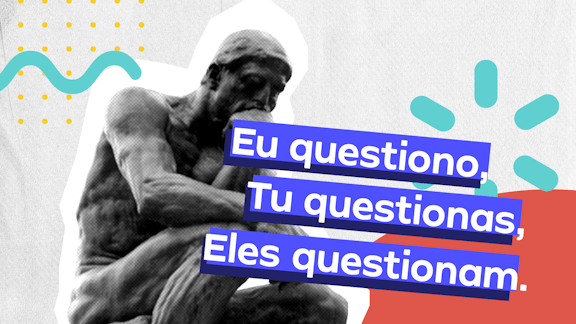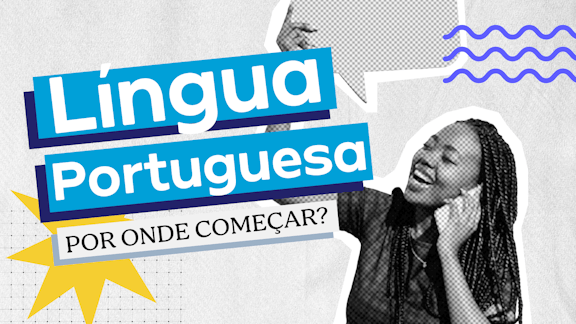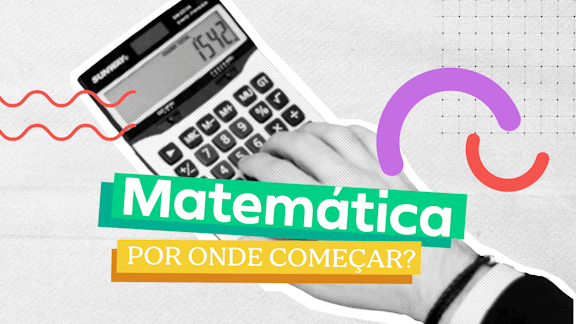One of the reasons for the aesthetic choice of a
cozy and feminine atmosphere at Indigo’s bookstores
is the fact that
How a Canadian Chain Is Reinventing
Book Selling
By Alexandra Alter
About a decade ago, Heather Reisman,
the chief executive of Canada’s largest bookstore
chain, was having tea with the novelist Margaret
Atwood when Ms. Atwood inadvertently gave her
an idea for a new product. Ms. Atwood announced
that she planned to go home, put on a pair of cozy
socks and curl up with a book. Ms. Reisman
thought about how appealing that sounded. Not
long after, her company, Indigo, developed its own
brand of plush “reading socks.” They quickly
became one of Indigo’s signature gift items.
“Last year, all my friends got reading
socks,” said Arianna Huffington, the HuffPost cofounder and a friend of Ms. Reisman’s, who also
gave the socks as gifts to employees at her
organization Thrive. “Most people don’t have
reading socks — not like Heather’s reading socks.”
Over the last few years, Indigo has
designed dozens of other products, including
beach mats, scented candles, inspirational wall
art, Mason jars, crystal pillars, bento lunchboxes,
herb growing kits, copper cheese knife sets,
stemless champagne flutes, throw pillows and
scarves.
It may seem strange for a bookstore
chain to be developing and selling artisanal soup
bowls and organic cotton baby onesies. But
Indigo’s approach seems not only novel but crucial
to its success and longevity. The superstore
concept, with hulking retail spaces stocking
100,000 titles, has become increasingly hard to
sustain in the era of online retail, when it’s
impossible to match Amazon’s vast selection.
Indigo is experimenting with a new
model, positioning itself as a “cultural department
store” where customers who wander in to browse
through books often end up lingering as they
impulsively shop for cashmere slippers and crystal
facial rollers, or a knife set to go with a new Paleo
cookbook. Over the past few years, Ms. Reisman
has reinvented Indigo as a Goop-like, curated
lifestyle brand, with sections devoted to food,
health and wellness, and home décor.
Ms. Reisman is now importing Indigo’s
approach to the United States. Last year, Indigo
opened its first American outpost, at a luxury mall
in Millburn, N.J., and she eventually plans to open
a cluster of Indigos in the Northeast. Indigo’s
ascendance is all the more notable given the
challenges that big bookstore chains have faced in
the United States. Borders, which once had more
than 650 locations, filed for bankruptcy in 2011.
Barnes & Noble now operates 627 stores, down
from 720 in 2010, and the company put itself up
for sale last year. Lately, it has been opening
smaller stores, including an 8,300-square-foot
outlet in Fairfax County, Va.
“Cross-merchandising is Retail 101, and
it’s hard to do in a typical bookstore,” said Peter
Hildick-Smith, president of the Codex Group,
which analyzes the book industry. “Indigo found a
way to create an extra aura around the bookbuying experience, by creating a physical
extension of what you’re reading about.”
The atmosphere is unabashedly intimate,
cozy and feminine — an aesthetic choice that also
makes commercial sense, given that women
account for some 60 percent of book buyers. A
section called “The Joy of the Table” stocks Indigobrand ceramics, glassware and acacia wood
serving platters with the cookbooks. The home
décor section has pillows and throws, woven
baskets, vases and scented candles. There’s a
subsection called “In Her Words,” which features
idea-driven books and memoirs by women. An
area labeled “A Room of Her Own” looks like a lush dressing room, with vegan leather purses, soft
gray shawls, a velvet chair, scarves and journals
alongside art, design and fashion books.
Books still account for just over 50
percent of Indigo’s sales and remain the central
draw; the New Jersey store stocks around 55,000
titles. But they also serve another purpose:
providing a window into consumers’ interests,
hobbies, desires and anxieties, which makes it
easier to develop and sell related products.
Publishing executives, who have watched
with growing alarm as Barnes & Noble has
struggled, have responded enthusiastically to Ms.
Reisman’s strategy. “Heather pioneered and
perfected the art of integrating books and nonbook
products,” Markus Dohle, the chief executive of
Penguin Random House, said in an email.
Ms. Reisman has made herself and her
own tastes and interests central to the brand. The
front of the New Jersey store features a section
labeled “Heather’s Picks,” with a display table
covered with dozens of titles. A sign identifies her
as the chain’s “founder, C.E.O., Chief Booklover
and the Heather in Heather’s Picks.” She appears
regularly at author signings and store events, and
has interviewed prominent authors like Malcolm
Gladwell, James Comey, Sally Field, Bill Clinton
and Nora Ephron.
When Ms. Reisman opened the first
Indigo store in Burlington, Ontario, in 1997, she
had already run her own consulting firm and later
served as president of a soft drink and beverage
company, Cott. Still, bookselling is an idiosyncratic
industry, and many questioned whether Indigo
could compete with Canada’s biggest bookseller,
Chapters. Skepticism dissolved a few years later
when Indigo merged with Chapters, inheriting its
fleet of national stores. The company now has
more than 200 outlets across Canada, including 89
“superstores.” Indigo opened its first revamped
concept store in 2016.
The new approach has proved lucrative:
In its 2017 fiscal year, the company’s revenue
exceeded $1 billion Canadian for the first time. In
its 2018 fiscal year, Indigo reported a revenue
increase of nearly $60 million Canadian over the
previous year, making it the most profitable year
in the chain’s history.
The company’s dominance in Canada
doesn’t guarantee it will thrive in the United
States, where it has to compete not only with
Amazon and Barnes & Noble, but with a resurgent
wave of independent booksellers. After years of
decline, independent stores have rebounded, with
some 2,470 locations, up from 1,651 a decade
ago, according to the American Booksellers
Association. And Amazon has expanded into the
physical retail market, with around 20 bookstores
across the United States.
Ms. Reisman acknowledges that the
company faces challenges as it expands
southward. Still, she’s optimistic, and is already
scouting locations for a second store near New
York.
https://www.nytimes.com/2019/05/01
How a Canadian Chain Is Reinventing Book Selling
By Alexandra Alter
About a decade ago, Heather Reisman, the chief executive of Canada’s largest bookstore chain, was having tea with the novelist Margaret Atwood when Ms. Atwood inadvertently gave her an idea for a new product. Ms. Atwood announced that she planned to go home, put on a pair of cozy socks and curl up with a book. Ms. Reisman thought about how appealing that sounded. Not long after, her company, Indigo, developed its own brand of plush “reading socks.” They quickly became one of Indigo’s signature gift items.
“Last year, all my friends got reading socks,” said Arianna Huffington, the HuffPost cofounder and a friend of Ms. Reisman’s, who also gave the socks as gifts to employees at her organization Thrive. “Most people don’t have reading socks — not like Heather’s reading socks.”
Over the last few years, Indigo has designed dozens of other products, including beach mats, scented candles, inspirational wall art, Mason jars, crystal pillars, bento lunchboxes, herb growing kits, copper cheese knife sets, stemless champagne flutes, throw pillows and scarves.
It may seem strange for a bookstore chain to be developing and selling artisanal soup bowls and organic cotton baby onesies. But Indigo’s approach seems not only novel but crucial to its success and longevity. The superstore concept, with hulking retail spaces stocking 100,000 titles, has become increasingly hard to sustain in the era of online retail, when it’s impossible to match Amazon’s vast selection.
Indigo is experimenting with a new model, positioning itself as a “cultural department store” where customers who wander in to browse through books often end up lingering as they impulsively shop for cashmere slippers and crystal facial rollers, or a knife set to go with a new Paleo cookbook. Over the past few years, Ms. Reisman has reinvented Indigo as a Goop-like, curated lifestyle brand, with sections devoted to food, health and wellness, and home décor.
Ms. Reisman is now importing Indigo’s approach to the United States. Last year, Indigo opened its first American outpost, at a luxury mall in Millburn, N.J., and she eventually plans to open a cluster of Indigos in the Northeast. Indigo’s ascendance is all the more notable given the challenges that big bookstore chains have faced in the United States. Borders, which once had more than 650 locations, filed for bankruptcy in 2011. Barnes & Noble now operates 627 stores, down from 720 in 2010, and the company put itself up for sale last year. Lately, it has been opening smaller stores, including an 8,300-square-foot outlet in Fairfax County, Va.
“Cross-merchandising is Retail 101, and it’s hard to do in a typical bookstore,” said Peter Hildick-Smith, president of the Codex Group, which analyzes the book industry. “Indigo found a way to create an extra aura around the bookbuying experience, by creating a physical extension of what you’re reading about.”
The atmosphere is unabashedly intimate, cozy and feminine — an aesthetic choice that also makes commercial sense, given that women account for some 60 percent of book buyers. A section called “The Joy of the Table” stocks Indigobrand ceramics, glassware and acacia wood serving platters with the cookbooks. The home décor section has pillows and throws, woven baskets, vases and scented candles. There’s a subsection called “In Her Words,” which features idea-driven books and memoirs by women. An area labeled “A Room of Her Own” looks like a lush dressing room, with vegan leather purses, soft gray shawls, a velvet chair, scarves and journals alongside art, design and fashion books.
Books still account for just over 50 percent of Indigo’s sales and remain the central draw; the New Jersey store stocks around 55,000 titles. But they also serve another purpose: providing a window into consumers’ interests, hobbies, desires and anxieties, which makes it easier to develop and sell related products.
Publishing executives, who have watched with growing alarm as Barnes & Noble has struggled, have responded enthusiastically to Ms. Reisman’s strategy. “Heather pioneered and perfected the art of integrating books and nonbook products,” Markus Dohle, the chief executive of Penguin Random House, said in an email.
Ms. Reisman has made herself and her own tastes and interests central to the brand. The front of the New Jersey store features a section labeled “Heather’s Picks,” with a display table covered with dozens of titles. A sign identifies her as the chain’s “founder, C.E.O., Chief Booklover and the Heather in Heather’s Picks.” She appears regularly at author signings and store events, and has interviewed prominent authors like Malcolm Gladwell, James Comey, Sally Field, Bill Clinton and Nora Ephron.
When Ms. Reisman opened the first Indigo store in Burlington, Ontario, in 1997, she had already run her own consulting firm and later served as president of a soft drink and beverage company, Cott. Still, bookselling is an idiosyncratic industry, and many questioned whether Indigo could compete with Canada’s biggest bookseller, Chapters. Skepticism dissolved a few years later when Indigo merged with Chapters, inheriting its fleet of national stores. The company now has more than 200 outlets across Canada, including 89 “superstores.” Indigo opened its first revamped concept store in 2016.
The new approach has proved lucrative: In its 2017 fiscal year, the company’s revenue exceeded $1 billion Canadian for the first time. In its 2018 fiscal year, Indigo reported a revenue increase of nearly $60 million Canadian over the previous year, making it the most profitable year in the chain’s history.
The company’s dominance in Canada doesn’t guarantee it will thrive in the United States, where it has to compete not only with Amazon and Barnes & Noble, but with a resurgent wave of independent booksellers. After years of decline, independent stores have rebounded, with some 2,470 locations, up from 1,651 a decade ago, according to the American Booksellers Association. And Amazon has expanded into the physical retail market, with around 20 bookstores across the United States.
Ms. Reisman acknowledges that the company faces challenges as it expands southward. Still, she’s optimistic, and is already scouting locations for a second store near New York.
https://www.nytimes.com/2019/05/01
Gabarito comentado
Trata-se de um texto muito longo e, como o tempo em um certame é precioso, em questões como esta cabe o uso das técnicas de “skimming" e “scanning".
Skimming – trata-se de uma leitura superficial do texto para ter uma noção geral do assunto tratado. Uma maneira de fazer o skimming de um texto é ler apenas a primeira e/ou a última linha de cada parágrafo.
Scanning – é uma leitura rápida do texto, mas com o objetivo de encontrar uma informação específica (nome, data, ato), isto é, um segmento de palavras mencionado no enunciado da questão. Se fizer uso desta técnica, o candidato fará a leitura apenas do trecho onde se encontra a palavra-chave pesquisada.
Não esqueça que o paratexto (título, subtítulos, gráficos e a fonte, dentre outros) também é uma importante ferramenta para extrair informações do texto. A simples leitura do título, por exemplo, nos dirá qual a ideia central do texto, neste caso: as inovações trazidas por uma livraria canadense ao mercado de livros.
Para este texto, optamos pela técnica do “scanning" pois, embora o texto seja longo, a maioria de seus parágrafos são curtos de maneira que, ao lermos a primeira e a última frase de cada parágrafo, acabamos lendo o parágrafo inteiro.
Se procurarmos no texto qualquer um dos termos presentes no enunciado “aesthetic choice", “cozy", “feminine" e/ou “atmosphere" chegaremos ao mesmo trecho do texto, onde encontraremos a resposta da questão. Vejamos: “(…) The atmosphere is unabashedly intimate, cozy and feminine — an aesthetic choice that also makes commercial sense, given that women account for some 60 percent of book buyers. (…)" (grifamos).
Alternativa A.
ERRADA. O candidato até pode achar que a Indigo é um bom lugar para comprar presentes para garotas. Porém, tal afirmativa não pode ser encontrada no texto.
Alternativa B.
CORRETA. É o que se pode depreender da leitura do trecho já mencionado: “(…) The atmosphere is unabashedly intimate, cozy and feminine — an aesthetic choice that also makes commercial sense, given that women account for some 60 percent of book buyers. (…)". Se as mulheres são 60% dos compradores de livros, elas são a maioria. E, assim, a escolha da estética feminina traz vantagens comerciais.
Alternativa C.
ERRADA. Tal informação não se encontra no texto.
Alternativa D.
ERRADA. Como vimos na análise da alternativa B, esta estética é mais atrativa para o público feminino, pois elas são a maioria dos compradores de livros.
GABARITO DO PROFESSOR: LETRA B.
